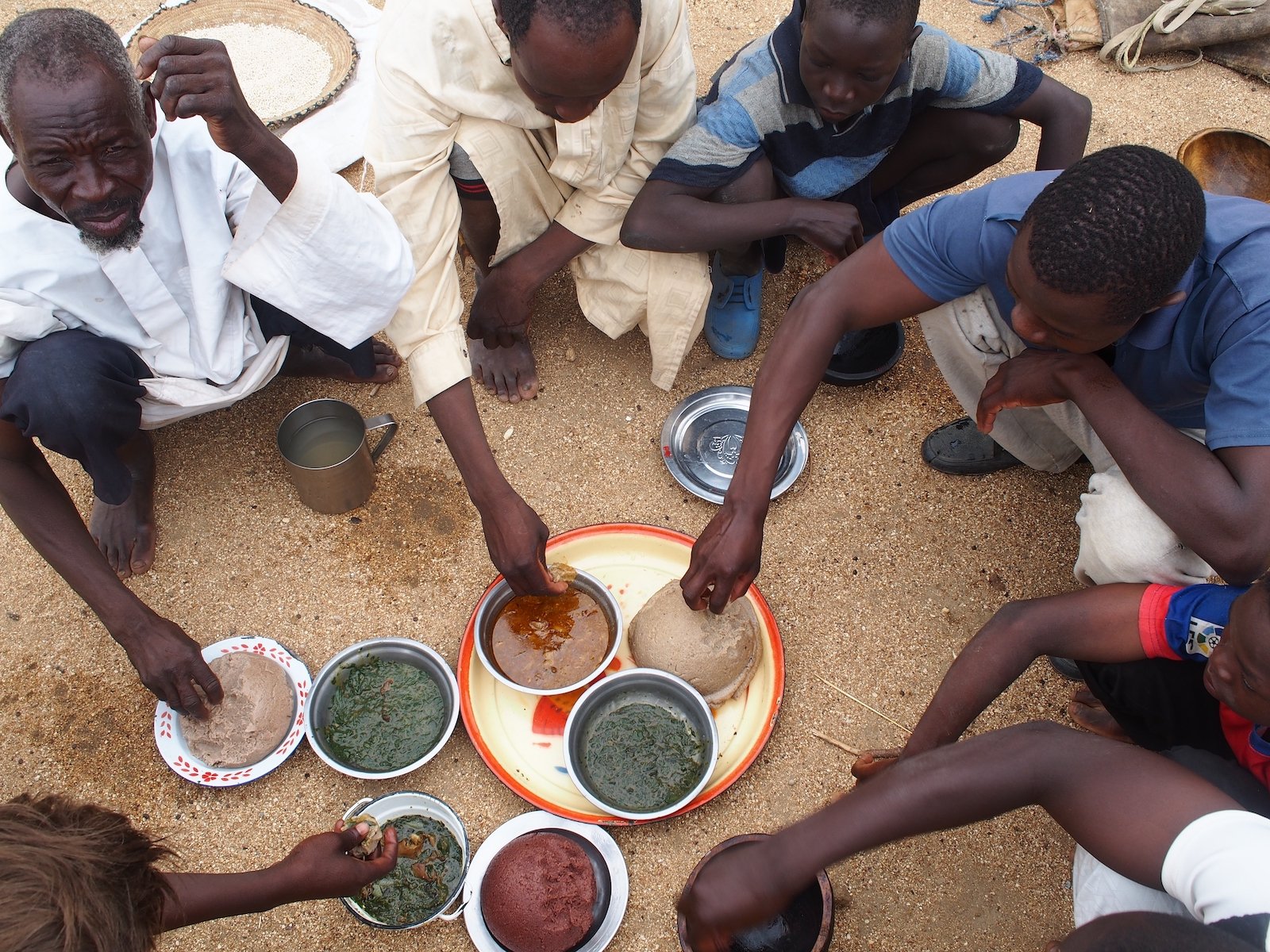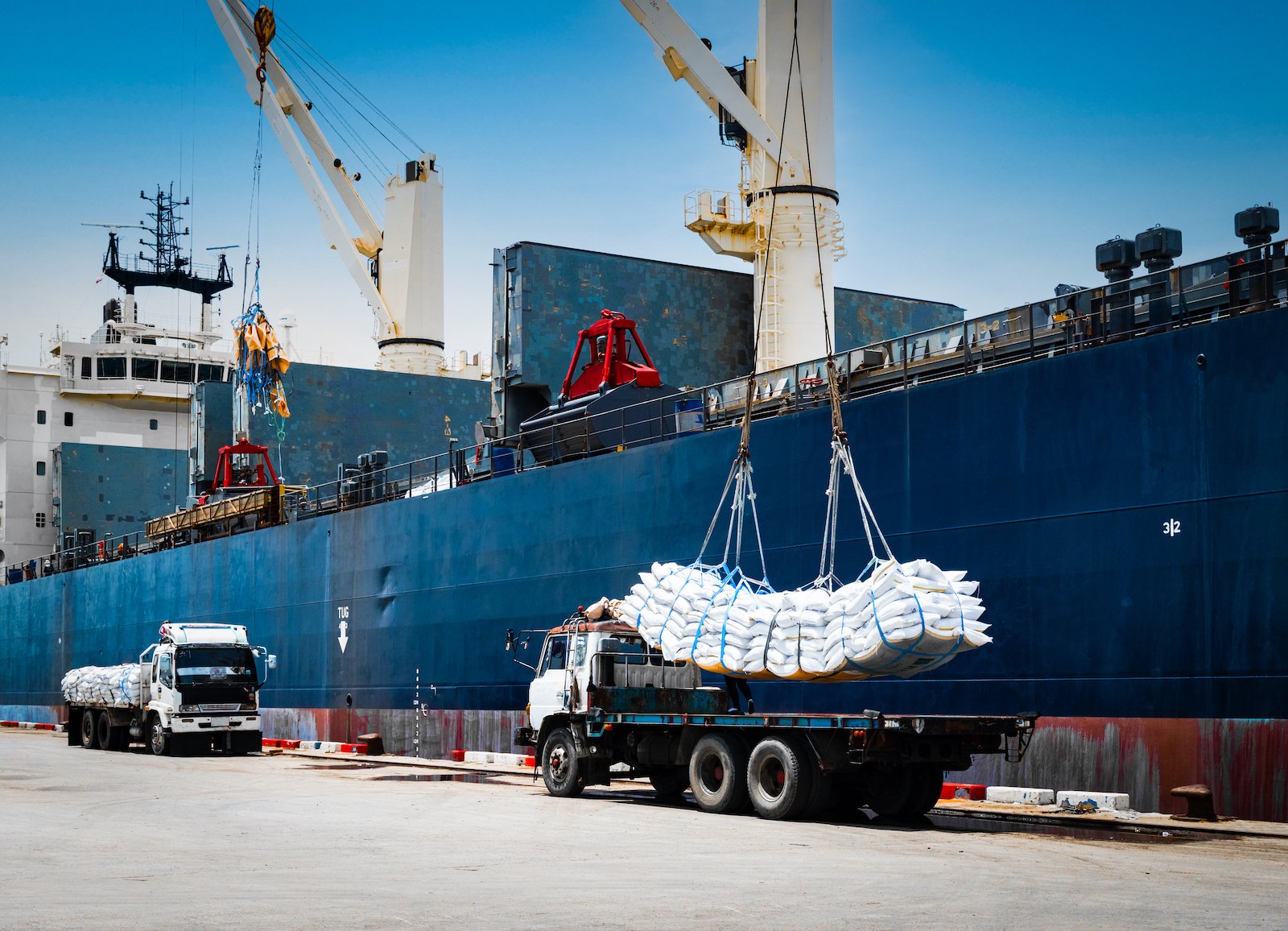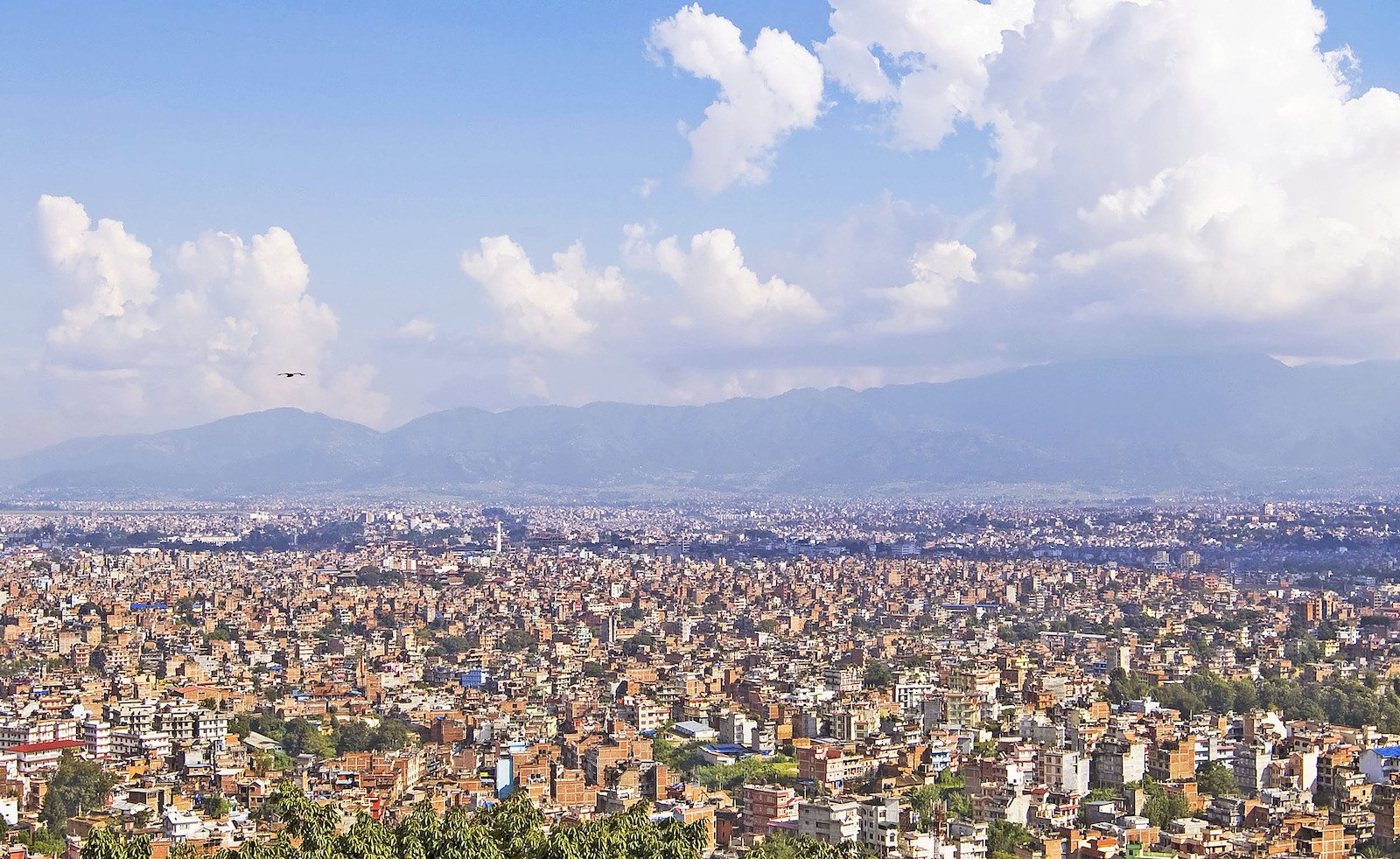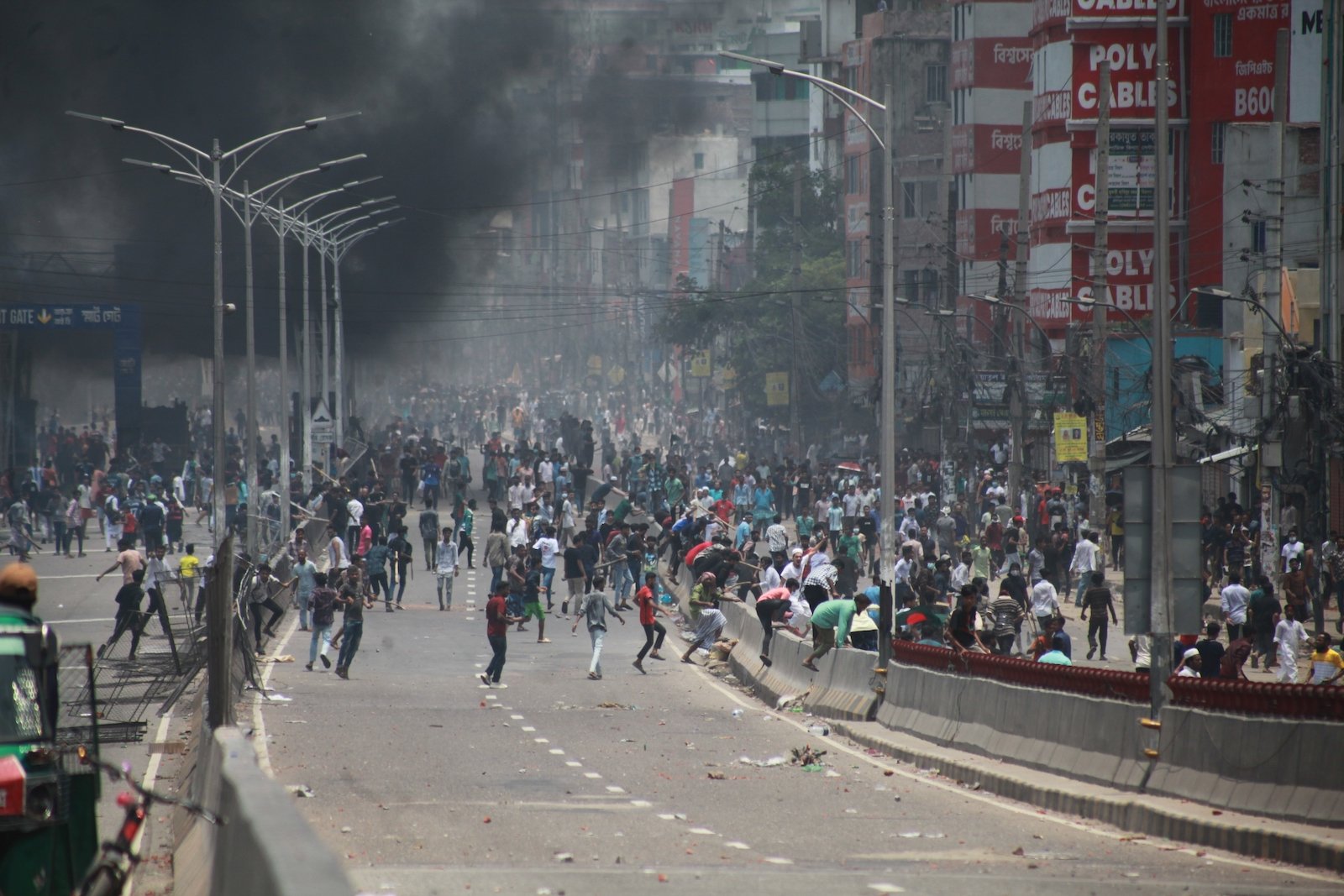Food shortages are a multifaceted issue that requires immediate attention and action. From climate change and conflict to economic disparities and supply chain disruptions, the factors contributing to global food insecurity are complex and interlinked.
This is an increasing global concern affecting millions and destabilizing economies and societies. Here’s what you need to know about the situation.
Rising Global Hunger

Global hunger is a persistent and worsening issue. As of 2022, approximately 735 million people suffer from hunger, a sharp increase from 690 million in 2019. This rise can be attributed to multiple factors, including global food shortages exacerbated by the COVID-19 pandemic, ongoing conflicts, and climate change.
The situation is extremely concerning in Sub-Saharan Africa and South Asia, where food shortages are compounded by economic instability, weak infrastructure, and high population growth rates.
Impact of Climate Change

Climate change is a major driver of food shortages worldwide. This includes extreme weather patterns such as storms, floods, and droughts, which have become more frequent and severe due to climate change.
For example, across the Horn of Africa, over 36 million people face acute food insecurity due to the ongoing drought. The Food and Agricultural Organization (FAO) has warned that global warming could reduce crop yields by up to 25% in some regions by 2050, further exacerbating food shortages.
Geopolitical Conflicts

Conflicts are one of the leading causes of food shortages globally. The World Food Programme (WFP) estimates that over 345 million people are food insecure due to conflict-induced shortages.
Wars, civil unrest, and political instability disrupt agricultural production, displace populations, and hinder access to food. The war in Ukraine is a prime example of how conflict can create a global food crisis. Other regions, such as the Middle East and Africa, are also experiencing food shortages due to ongoing conflicts.
Supply Chain Disruptions

The COVID-19 pandemic has brought to light the vulnerability of global food supply chains yet again. Lockdowns, transportation delays, and labor shortages disrupted food production and distribution, leading to food scarcity and increased prices.
During the pandemic, many countries imposed export restrictions on food products to secure domestic supplies, exacerbating global food shortages. Additionally, the pandemic caused labor shortages in agriculture. Supply chain disruptions also affected food processing and distribution.
Economic Inequality

Economic inequality significantly exacerbates the impact of food shortages. In low-income countries, the monthly household spending on food is more than 60% of the total income. Thus, even a slight increase in food prices can have severe consequences.
This economic divide highlights the disproportionate impact of food shortages on poorer populations. For example, in countries like South Sudan and Venezuela, where hyperinflation and economic collapse have occurred, food prices have soared, making basic staples unaffordable.
Dependence on Imports

Many countries, particularly in the Global South, rely heavily on food imports to meet domestic needs. For example, Egypt imports nearly 85% of its wheat from Russia and Ukraine. Any disruption, such as the war in Ukraine, can lead to immediate shortages and price increases.
Import dependence is not limited to wheat. Many countries also rely on imports for other staple foods. Disruptions in rice exports from countries like Vietnam and Thailand during the COVID-19 pandemic led to rice shortages and price increases in West Africa.
Population Growth

The global population is expected to grow to 9.7 billion by 2050, posing a monumental challenge to food systems worldwide. The United Nations (UN) estimates that food production will need to increase by roughly 60% by that time to adequately meet the nutritional demands of this larger population.
However, achieving this increase in food production is difficult. Many regions are already facing challenges such as limited arable land, water scarcity, and declining soil fertility. Additionally, rapid urbanization is leading to the loss of agricultural land, further straining food production capacity.
Food Waste

Food waste is a critical concern context of global food shortages. About 1.3 billion tons of food gets discarded every year from the total amount of food produced worldwide. Food is wasted at multiple stages throughout the supply chain such as production, transportation, processing, retail, and consumption.
Reducing food waste is critical in alleviating global food shortages. By improving food distribution and consumption efficiency, the food that is currently wasted could feed millions of people.
Agricultural Productivity

Agricultural productivity is a key determinant of food security, and its decline poses a significant threat to global food supplies. Several factors contribute to declining agricultural productivity, including soil degradation, water scarcity, and a lack of access to modern farming techniques.
Soil degradation is a particularly critical issue. The FAO reports that up to 50% of the world’s soil is already degraded due to deforestation, overgrazing, and the excessive use of chemical fertilizers and pesticides. Water scarcity is another significant challenge.
Political Instability

Food shortages have a profound impact on political stability. When people do not have access to sufficient food, it can lead to social unrest, protests, and even the overthrow of governments. The Arab Spring in 2010 is a stark example of how food shortages and rising food prices can fuel political instability.
Addressing the root causes of food shortages is essential for preventing political instability. This includes ensuring food security through sustainable agricultural practices, improving access to food, and addressing economic disparities.
Nutrition Crisis

Food shortages not only affect the quantity of food available but also the quality, leading to a global nutrition crisis. The Global Nutrition Report highlights that malnutrition is on the rise, with over 149 million children under five years old being stunted due to chronic undernutrition.
In many regions, food shortages lead to a reliance on less nutritious, calorie-dense foods, which can result in both undernutrition and obesity. This “double burden” of malnutrition is common in low- and middle-income countries.
Global Cooperation Needed

Addressing food shortages is a global challenge that requires coordinated efforts from governments, international organizations, the private sector, and civil society. International organizations like the FAO, WFP, and World Bank are working on initiatives to improve food security.
Global cooperation is essential for several reasons. Many factors contributing to food shortages, such as climate change, conflicts, and economic inequality, require collaborative solutions. By working together, countries can build resilient food systems, reduce the impact of future food crises, and ensure that everyone gets access to adequate, nutritious food.


